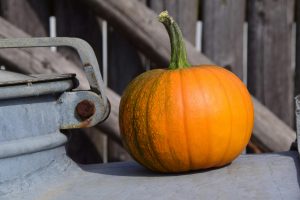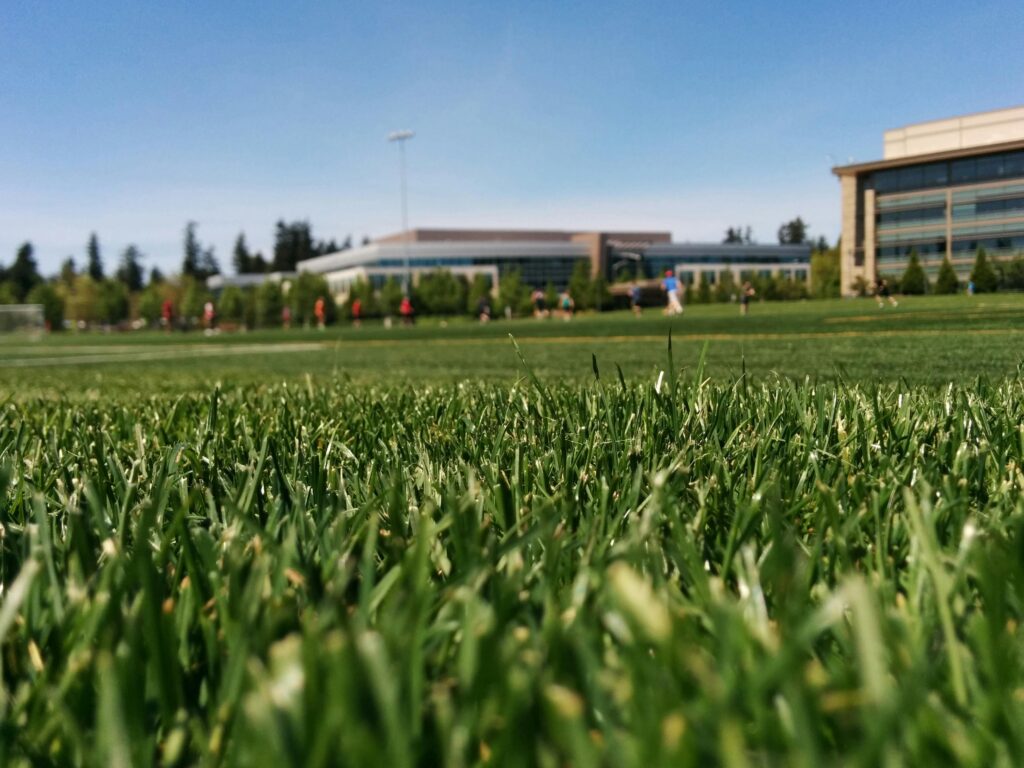
Pumpkin Growth Hack: Fertigation Tips for Halloween Patch Success
October is the season of pumpkins. From farmers preparing their harvest for markets, to landscapers designing festive displays, to families visiting pumpkin patches for Halloween

Why is Lawn Aeration Important?
A beautiful lawn is a source of pride for many homeowners, and achieving a healthy, manicured yard requires hard work and the right elements—one of which is soil care. Lawn aeration is crucial for ensuring healthy growth and vibrant grass. If you are considering aeration and seeding for your landscape, it’s important to understand their necessity. This guide will cover:
Aeration vs. Seeding
While aeration and seeding are often done together, they can also be performed separately. Here’s a look at their differences:
What is Lawn Aeration?
Lawn aeration involves pulling out small plugs of soil from your lawn to improve air circulation, water infiltration, and drainage. This process reduces thatch buildup and allows nutrients and water to reach the grass roots more easily. Aeration also alleviates soil compaction caused by heavy foot traffic or natural settling. Compacted soil restricts root growth and nutrient absorption, resulting in sparse, weak grass susceptible to disease and pests. Aerating regularly, especially in clay-heavy soil, breaks up compacted particles and improves grass health.
What is Overseeding?
Overseeding involves planting grass seed in an existing lawn to enhance grass density, change grass types, or improve lawn health. Aerating before overseeding ensures new seedlings can penetrate the soil, promoting successful growth. Overseeding improves turf density, color, and overall health.
How Often Should I Aerate My Lawn?
Generally, most lawns should be aerated once a year. However, the frequency depends on soil type and lawn condition. Lawns in areas with heavy clay soil may need more frequent aeration. Healthy lawns with robust root systems can go longer between aerations. Over-aerating can dry out the turf and deplete vital nutrients. Despite the effort, the benefits of aeration, such as improved drought resistance and enhanced lawn appearance, are worth it.
When Should I Aerate My Lawn?
The best time to aerate your lawn is in the fall when the weather is cool, and the grass is actively growing. Fall aeration allows grass roots to recover before winter. Spring aeration is also possible if needed. Avoid summer aeration, as it can stress the grass and increase susceptibility to diseases like brown patch, fairy ring, dollar spot, and gray snow mold.
How Do I Aerate My Lawn?
Lawn aeration can be done manually or with a machine:
Liquid Aeration
Liquid aeration uses a machine to inject a liquid solution into the ground, creating tiny channels for air, water, and nutrients. This method improves drainage and oxygen levels without removing soil. While it takes longer to see results, liquid aeration promotes long-term soil health and is neater than traditional methods.
Is Aerating Your Lawn Worth It?
Whether aeration is necessary depends on your lawn’s condition. Healthy lawns may not need frequent aeration, but struggling lawns can benefit significantly. Consider these advantages:
In conclusion, lawn aeration is a valuable practice for maintaining a healthy, attractive lawn. While it requires effort, the benefits of aeration make it a worthwhile investment for any homeowner aiming to enhance their landscape’s vitality and beauty.

October is the season of pumpkins. From farmers preparing their harvest for markets, to landscapers designing festive displays, to families visiting pumpkin patches for Halloween

Fall soil care is about more than just replacing what crops, lawns, or gardens have consumed over the growing season. It is about setting the
Give us a call or visit our store, and we’ll help you find the right solution for your business.
© Supply Solutions LLC 2025